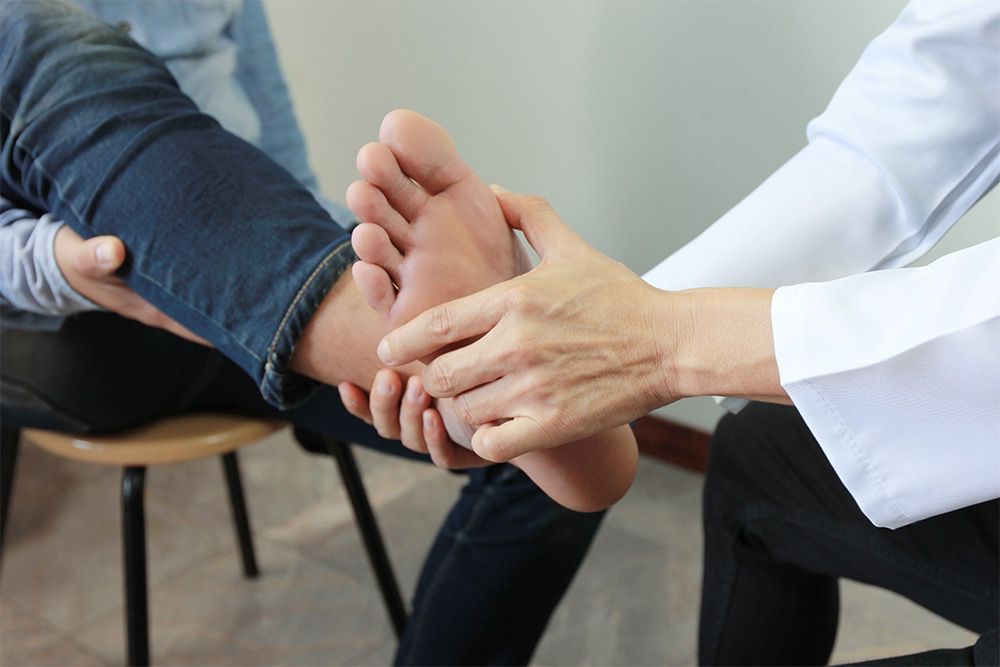May is Arthritis Awareness Month: Comfort Starts from the Ground Up
By Mallory Lor, CPed

Arthritis affects more than 53 million Americans, making it one of the most common causes of disability. May is Arthritis Awareness Month, a time to raise awareness and support those living with joint pain and stiffness—especially in the feet and ankles, where arthritis can make even simple movements a challenge.
One of the easiest ways to ease discomfort? Start with the right footwear.
Dr. Comfort designs shoes and socks with gentle support, extra depth, and soft, seamless interiors—ideal for people living with arthritis. Here are a few top picks:
- Jay (for men) / Robin (for women) – These modern, hands-free casual shoes are built to help reduce pressure points and adjust to foot shape, making them a great everyday option for arthritic feet.
- Winner (for men) / Spirit (for women) – Athletic-style shoes with extra depth, a roomy toe box, and soft, breathable materials to help provide comfort during walks or errands.
- Therapeutic Style Socks – Non-binding, moisture-wicking, and flat-seamed, these socks help to reduce friction and improve circulation, helping to keep feet comfortable all day.
Footwear matters more than many realize—especially when living with arthritis. Shoes that are too tight, lack support, or have stiff materials can increase inflammation and pain. Dr. Comfort shoes are designed with features like extra depth, soft linings, and adjustable closures, helping reduce pressure on sensitive joints and accommodate swelling.
It’s also important to keep moving. Gentle exercise, like walking or stretching, can help maintain joint flexibility and reduce stiffness. Pairing movement with proper footwear and cushioned socks creates a foundation for greater comfort, better balance, and improved overall wellness.
Living with arthritis doesn’t mean giving up mobility or comfort. With the right support, every step can feel a little easier—and that makes all the difference.
The contents of this blog were independently prepared and are for informational purposes only. The opinions expressed herein are those of the author and are not necessarily indicative of the views of any other party. Individual results may vary depending on a variety of patient-specific attributes and related factors.






